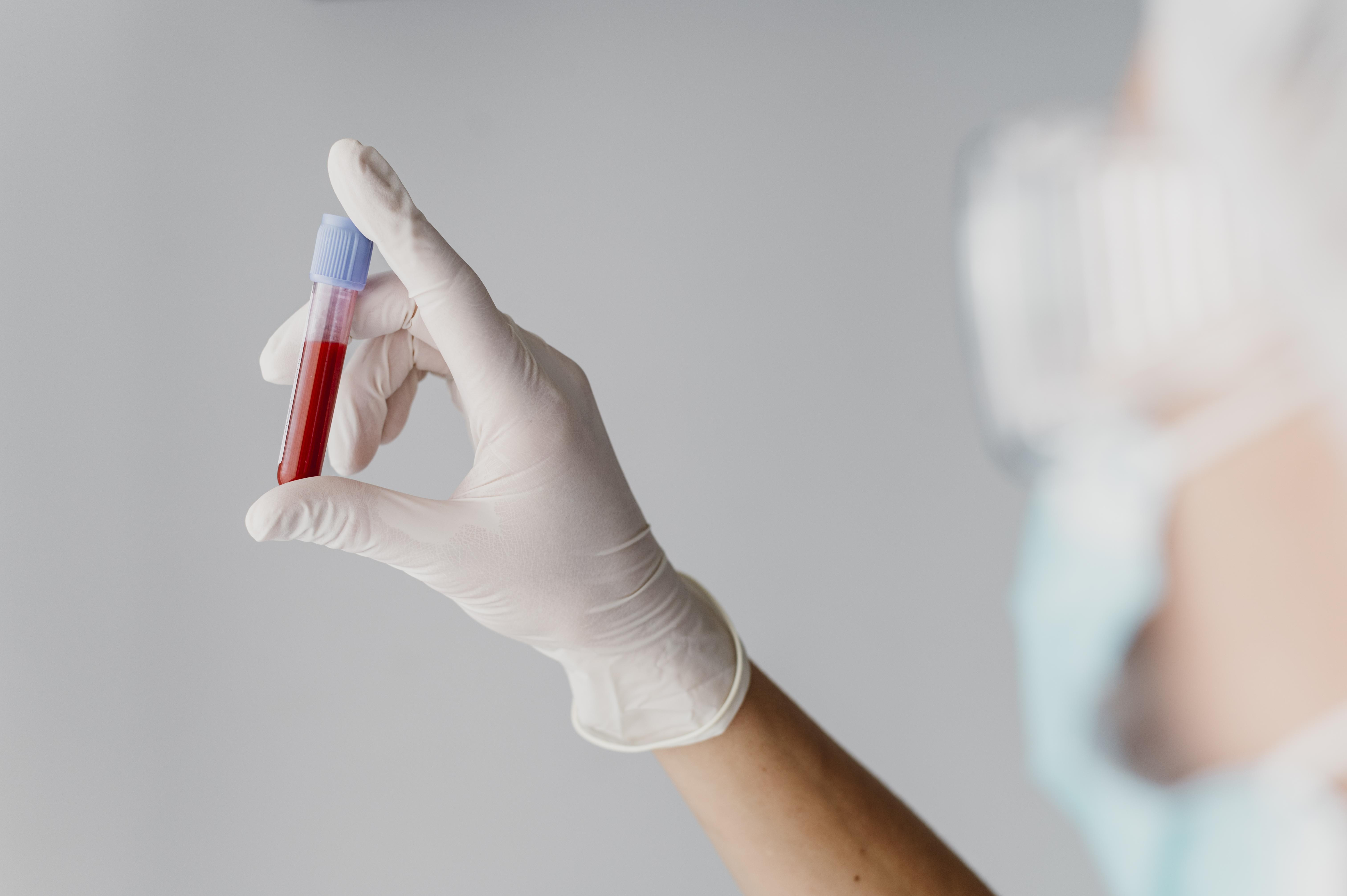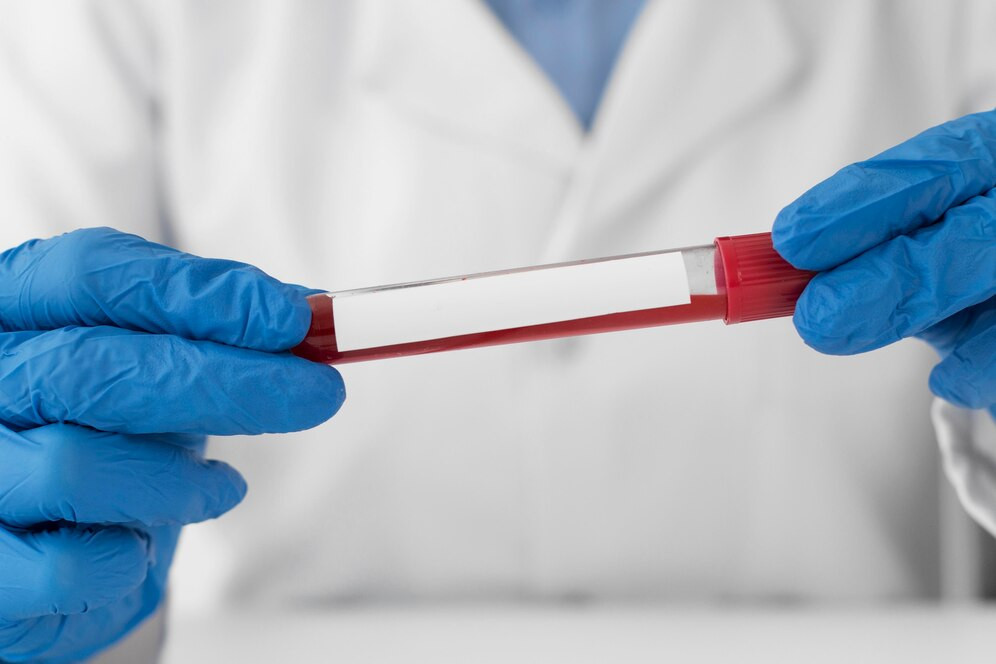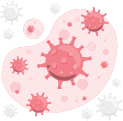Brand/nama lain
Zoladex, Zoladex LA
Cara Kerja
Goserelin merupakan suatu hormon sintetis atau buatan yang menyerupai hormon alami di dalam tubuh. Goserelin termasuk dalam obat golongan agonis gonadotropin releasing hormone (GnRH). Obat ini bekerja dengan cara memengaruhi kelenjar pituitari untuk mengurangi produksi hormon testosteron pada pria dan hormon estrogen pada wanita.
Goserelin akan memberi tahu kelenjar pituitari (kelenjar utama di otak yang berperan dalam memproduksi sebagian besar hormon pada manusia) untuk berhenti memproduksi hormon leutinizing, yaitu hormon yang merangsang testis untuk melepaskan hormon testosteron dan merangsang ovarium untuk melepaskan estrogen. Goserelin bekerja dengan cara menurunkan kadar hormon-hormon tersebut untuk memengaruhi perkembangan sel kanker, khususnya dalam penanganan kanker payudara dan prostat. Seiring berkurangnya produksi hormon-hormon tersebut, pertumbuhan sel kanker prostat atau sel kanker payudara dapat terhambat.
Indikasi
Goserelin diindikasikan untuk penderita kanker prostat, kanker payudara pada wanita pre-menopause dan pasca-menopause, endometriosis (pertumbuhan jaringan rahim atau uterus di organ lain yang menimbulkan rasa nyeri dan gangguan menstruasi), dan perdarahan rahim yang tidak normal.
Goserelin mampu mengurangi jumlah hormon seks di dalam tubuh sehingga memengaruhi perkembangan sel kanker. Penggunaan goserelin pada pria berfungsi untuk mengurangi hormon testosteron guna menghambat pertumbuhan sel kanker prostat. Sementara pada wanita, obat ini dapat mengurangi hormon estrogen, sehingga pertumbuhan sel kanker payudara dapat terhambat.
Selain kegunaan tersebut, obat goserelin juga terkadang digunakan untuk mengatasi beberapa kondisi medis lainnya, antara lain:
- Fibroid rahim (tumor jinak yang tumbuh di dalam rahim)
- Membuat lapisan rahim lebih tipis sebelum tindakan operasi pada rahim
- Membantu mengobati infertilitas dengan mengontrol pelepasan sel telur dari ovarium
Kontraindikasi
Obat ini tidak boleh diberikan pada penderita yang memiliki kondisi:
- Pasien yang memiliki riwayat hipersensitif terhadap obat goserelin atau obat hormonal lainnya
- Anak usia < 18 tahun
- Ibu hamil dan menyusui
- Mengalami perdarahan vagina tidak biasa yang tidak terdiagnosis
Selain itu, dokter perlu memantau kondisi Anda jika Anda memiliki kondisi medis di bawah ini:
- Penyakit jantung
- Ketidakseimbangan elektrolit
- Tekanan darah tinggi
- Depresi
- Riwayat keluarga dengan osteoporosis
- Kecanduan alkohol
- Merokok
- Obesitas atau kurang berat badan
- Sindrom ovarium polikistik (Polycystic Ovarian Syndrome/PCOS)
- Diabetes mellitus
- Kompresi sumsum tulang belakang
- Masalah buang air kecil (terutama pada pria)
Efek Samping
Beberapa efek samping yang dapat timbul akibat penggunaan Goserelin, antara lain:
- Rasa gerah atau panas (hot flashes) dan berkeringat
- Nyeri saat buang air kecil
- Sakit kepala
- Depresi, tidak mampu mengontrol emosi, atau emosi cepat berubah
- Nyeri pada payudara atau payudara membesar
- Gairah seksual menurun atau nyeri saat berhubungan intim
- Vagina kering, gatal, atau keluar keputihan
- Nyeri, kemerahan, dan bengkak pada area bekas suntikan
- Gangguan tidur
- Rambut rontok
- Bengkak di tangan dan kaki
Segera cari pertolongan medis jika mengalami reaksi alergi obat atau efek samping serius seperti di bawah ini:
- Perdarahan terus-menerus dari area bekas suntikan
- Sulit bernapas atau menelan
- Nyeri dada atau detak jantung tidak normal atau terlalu cepat
- Sulit, terlalu sering, atau nyeri buang air kecil
- Kebingungan
- Sulit bicara
- Pusing atau pingsan
- Terasa lemah atau mati rasa pada salah satu lengan atau kaki
- Tidak bisa menggerakkan kaki
- Penglihatan buram
- Nafas berbau buah
- Berat badan turun tanpa diketahui penyebabnya
- Ruam dan gatal-gatal pada kulit secara tiba-tiba
- Pembengkakan pada wajah, lidah, bibir, atau anggota tubuh lainnya
Sediaan
Goserelin tersedia dalam bentuk cairan injeksi (suntikan) 3,6 mg dan 10,8 mg. Obat ini dikemas sebagai implan dalam pre-filled syringe, yaitu spuit yang telah berisi cairan dengan jarum suntik terpisah dan untuk digunakan sekali pakai. Obat ini harus disuntikkan secara subkutan (ke dalam lapisan lemak di bawah kulit) umumnya di area perut. Penyuntikkan biasanya akan dilakukan oleh dokter, perawat, atau tim medis lainnya di klinik atau rumah sakit setiap satu bulan atau tiga bulan sekali. Goserelin dengan dosis 3,6 mg biasanya disuntikkan setiap 4 minggu, sedangkan dosis 10,8 mg biasanya dimasukkan setiap 12 minggu.
Dosis
Dosis untuk kanker prostat:
- 3.6 mg atau 10.8 mg disuntikkan ke area perut sebanyak 1 kali.
- Dosis 3.6 mg dilakukan setiap 4 minggu sekali.
- Dosis 10.8 mg dilakukan setiap 12 minggu sekali.
Dosis untuk kanker payudara:
- 3.6 mg disuntikkan ke area perut sebanyak 1 sekali
- Dosis ini disuntikkan setiap 4 minggu sekali
Dosis untuk endometriosis:
- 3.6 mg disuntikkan ke area perut sebanyak 1 sekali
- Dosis ini disuntikkan setiap 4 minggu sekali
Dosis untuk perdarahan (untuk menipiskan dinding rahim):
- Satu atau dua kali dosis 3.6 mg disuntikkan ke area perut
- Dosis pertama dan kedua harus diberi jeda 4 minggu
Keamanan
Kehamilan:
Goserelin dalam sediaan injeksi termasuk dalam FDA Kategori D yang mengindikasikan bahwa obat ini terbukti dapat menimbulkan risiko berbahaya pada janin. Oleh karena itu, obat kategori D hanya digunakan pada kondisi darurat, yaitu ketika tidak ada persediaan obat lain yang lebih aman bagi ibu hamil.
Interaksi Obat
Berikut ini adalah beberapa obat yang telah diketahui dapat berinteraksi dengan goserelin:
- Obat-obatan untuk mengatasi kejang atau epilepsi
- Obat-obatan steroid oral, seperti dexamethasone, methylprednisolone, dan prednisone
- Obat-obatan untuk mengatasi irama jantung abnormal, seperti quinidine, amiodarone, procinamide
- Antibiotik, seperti moxifloxacin
- Obat untuk mengatasi gangguan suasana hati (mood)
Mau tahu informasi seputar obat-obatan lainnya? Cek di sini, ya!
- dr. Alvidiani Agustina Damanik
Badan Pengawas Obat dan Makanan RI. Goserelin. Retrieved 24 July 2024. from: https://registrasiobat.pom.go.id/files/assesment-reports/obat_baru/Zoladex%20Larutan%20Injeksi%203,6%20mg%20per%20Depot_Goserelin%20Asetat_DKI9259600643A1_2016.pdf
MIMS Indonesia. Goserelin. Retrieved 24 July 2024, from: https://www.mims.com/indonesia/drug/info/zoladex?type=brief&lang=id
Cancer Research UK. Cancer in general. Goserelin (Zoladex). Retrieved 24 July 2024, from https://www.cancerresearchuk.org/about-cancer/cancer-in-general/treatment/cancer-drugs/drugs/goserelin
New York WebMD. Goserelin Implant. Retrieved 24 July 2024, from: https://www.webmd.com/drugs/2/drug-7104/goserelin-subcutaneous/details
U.S. National Library of Medicine. MedlinePlus. Goserelin implant. Retrieved 24 July 2024, from: https://medlineplus.gov/druginfo/meds/a601002.html

/66a0d13b764fd.jpg)










